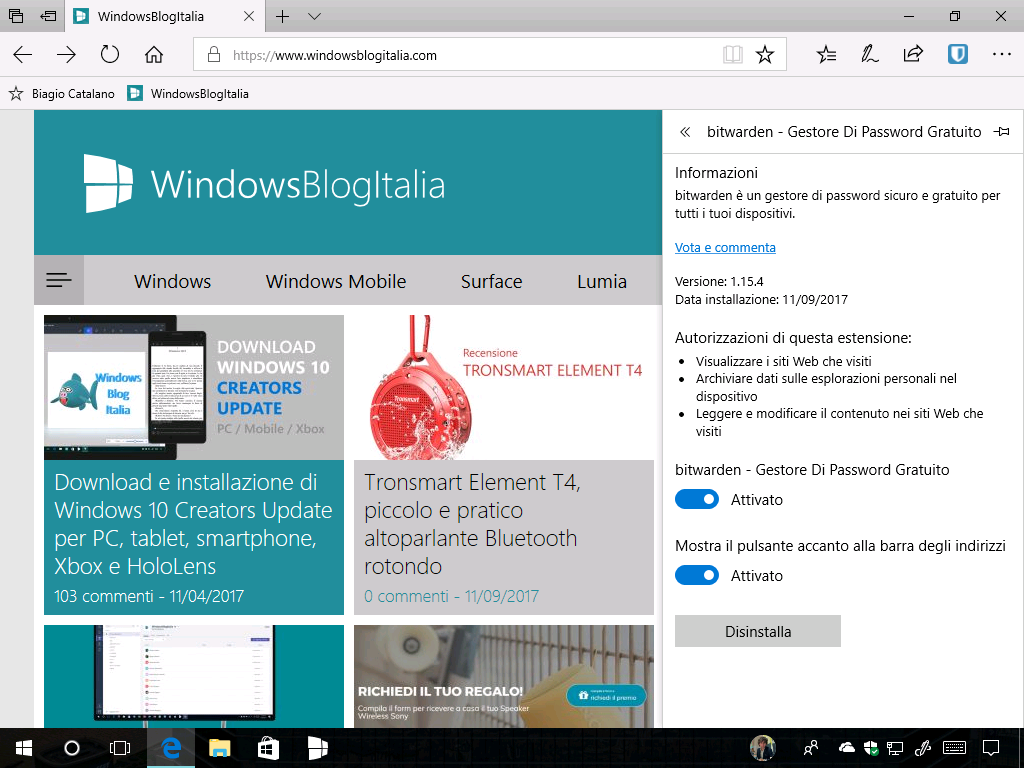
The password vault is a cloud service that syncs your data across them all. If you switch between platforms often, the app’s cross-platform capabilities will benefit you, too-as your account can be accessed via PC, browser, and browser extension. Plus, you get cool features like password sharing, fingerprint phrases, and auto-fill logins.Īside from these, you can customize your mobile interface. It will also alert you of suspicious websites and any breached databases connected to your email address. You can check whether your password is too common or too weak. Not to mention that the app itself will give you reliable reports. No matter which password manager you choose you’ll still have a reliable solution without losing any cash.This is because the developers and the community work together to check whether there are any holes in the app’s security. Which is where Bitwarden differs greatly, with a simple, clean interface that won’t daunt any newcomers to password management. KeePass is the most customizable with so many plugins and extensions, but it does also require a large amount of technical knowledge from the user. KeePass is the more secure password manager since nothing is stored on a server but Bitwarden is still incredibly safe.

In that sense, it’s like comparing apples and oranges. Conclusionĭespite the fact that KeePass and Bitwarden are both free open source software, they could not be more different in their execution. Although Bitwarden is free there is a very cheap premium version at just $10 a year, which grants access to further two-step authentication, password reports, 1GB storage, and priority customer service.

The Bitwarden website features a customer forum and a large number of guides. You can contact them directly through email and Twitter and get a swift response. Like KeePass, Bitwarden is a very small enterprise but customer service is surprisingly good.


 0 kommentar(er)
0 kommentar(er)
